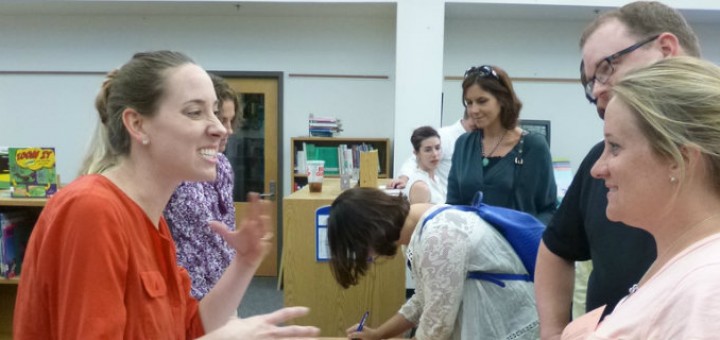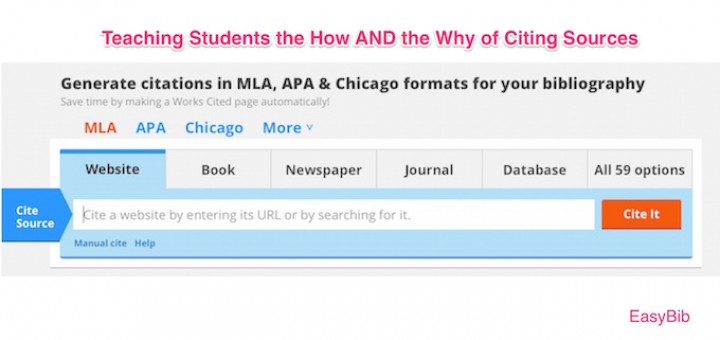Teaching and learning in grades 4-8
ELA teacher Amber Chandler is in a quandary. She wants to give her students time each week to “read for enjoyment” but knows the research on Sustained Silent Reading reveals little impact on fluency. Can she bridge these muddied waters? All ideas welcomed!
Personal narratives, reading folders, interest inventories – and new nicknames bestowed as the year begins. Mary Tarashuk uses many clues to get to know her 4th graders. PARCC scores haven’t arrived yet. No sweat. All that really matters is arrayed before her.
In a dialogue with Kevin Hodgson, educator-authors Debbie Zacarian and Michael Silverstone share ways to energize teaching and learning by reaching out to students’ families and communities, all with the goal of building partnerships that help students become confident learners.
In earlier years Jody Passanisi provided sources to her 8th grade history students. More recently, as they look to the Internet for information, she finds they need to understand not only how to cite sources they uncover but also why they need to credit ideas.
Lori G. Wilfong’s Do This–Not That take on nonfiction can guide teachers as they enhance their repertoire of strategies to help students think deeply and synthesize what they are reading. The activities and action steps make this book a keeper, says Linda Biondi.
Dionne V. McLaughlin’s process of continually directing the reader through the decision making process with guidance from 21 expert principals is what makes this book a useful tool for any novice or aspiring principal, says assistant principal Bret Olson.
Pauline Gibbons discusses ELL issues in each of the four essential areas of speaking, listening, reading and writing in separate chapters, weaving implications from relevant research about second language learning throughout, says reviewer Glenda Moyer.
Ready to power up your STEM instruction? STEM by Design blogger Anne Jolly will get you up to date with a collection of her posts on NGSS, Career and Tech Ed, math in STEM, and assessment insights. Joining her are veteran educators Marsha Ratzel and Susan Pruet.
Communication is the oxygen in the room when we want any relationship to work. But communication and co-teaching can be a tricky business. Elizabeth Stein looks at surefire ways to make your co-communications work as you speak up for all the students.
School and student data can be confusing and challenging to collect and use effectively. Ronald Williamson and Barbara Blackburn offer a four-step process to help educators and administrators collect and analyze data and support better teaching and student learning.








































